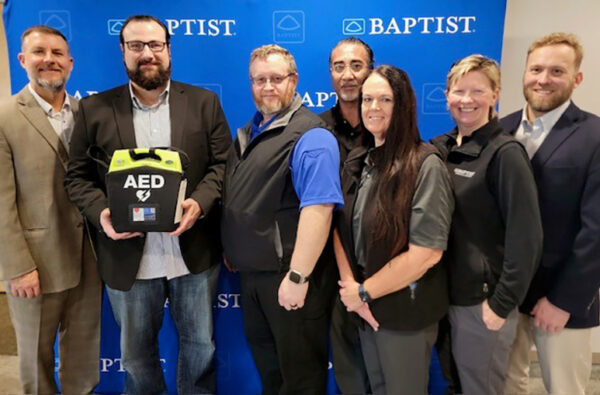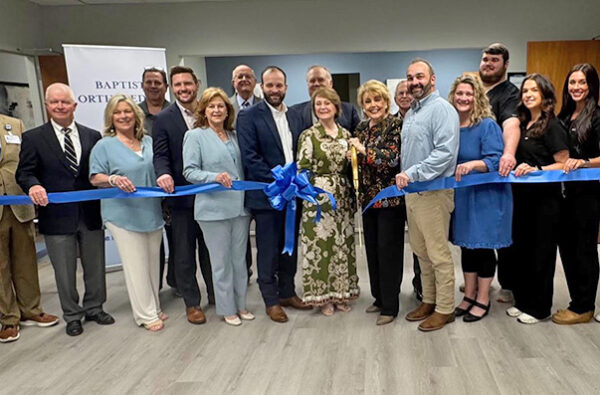Reducing the length of stay in the emergency department from 150 to 100 minutes was a tall challenge for Baptist Huntingdon, but head nurse Lisa Fields determined just how to get it done: Take it one step at a time. Or in KATA-speak, one target condition at a time, which is exactly what Lisa and her team did.
Working a KATA board beginning in June 2016, emergency department personnel at Baptist Huntingdon have steadily decreased the ED length of stay each month—already currently down to 113 minutes—and are “well on our way to our goal of 100 minutes by July 2017,” said Lisa.
“A target goal this large can feel overwhelming, but once you break it down, you can work each smaller goal and see significant improvements,” she said. Lisa and her fellow emergency department nurses and staff usually spent two to three weeks on each target condition. Working the KATA, they listed the hindrances, came up with suggestions, and tested their conclusions across all shifts for three to four days each. During this time period, information was posted to keep staff updated. If a conclusion appeared feasible, it became the set process.
One target condition was decreasing the disposition to depart for admitted patients. The goal was to reduce the time from 48 minutes to 28 minutes by August 2016. The team looked at several possible obstacles, including:
- Anticipating admission. “It may sound simple, but just making sure each patient is put in a gown upon arrival makes a difference. That was not always happening.”
- Transporting patients. “We concluded that, barring a larger emergency, ED nurses should transport patients to the floor.”
- Prioritizing beds. “In some cases, the systemwide teletracking system was not being updated for bed prioritization by the nurses in the receiving unit, which would require the bed having to be reassigned, thus adding additional time.”
The result: Disposition to depart for admitted patients was reduced from 48 to 25 minutes.
Other target conditions included in the overall goal to reduce ED length of stay:
Collecting specimens. The goal was to decrease the time it takes from specimen order to collection by 25 percent by Nov. 16, 2016. The existing time was 26 minutes, and the goal was 20 minutes. “We exceeded our goal by reducing the timeframe to only 15 minutes,” said Lisa.
Administering medication. Initially, it was taking 17 minutes from the time a physician ordered medication to when it was given to the patient. Lisa and her team’s goal was 13 minutes—they reduced it to 12.
Overall, Lisa says it’s all about communication—between day and night shifts, between ED personnel and the nursing staff, and between co-workers in the same area.
“It can be surprising to discover that others aren’t doing things a certain way, or that another shift does it differently. It’s important to let each person know why you are asking them to perform a task a certain way. Everyone has their own way of doing things, but the idea is to find the process that works best for the patient and make that the set process, so that everything flows smoothly. In the end, it is all for the benefit of the patients.”






